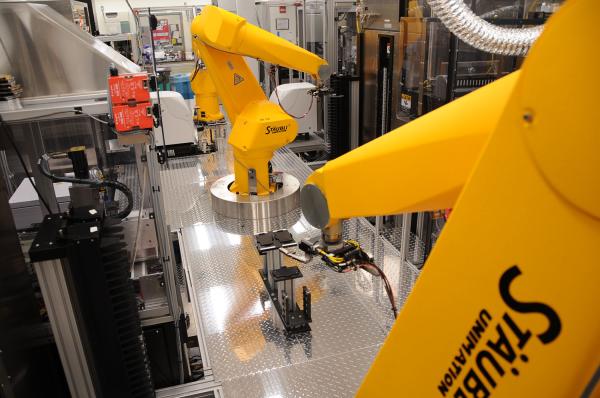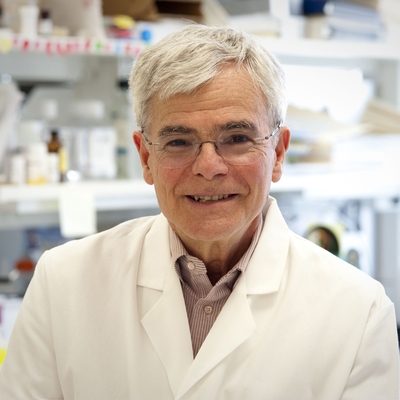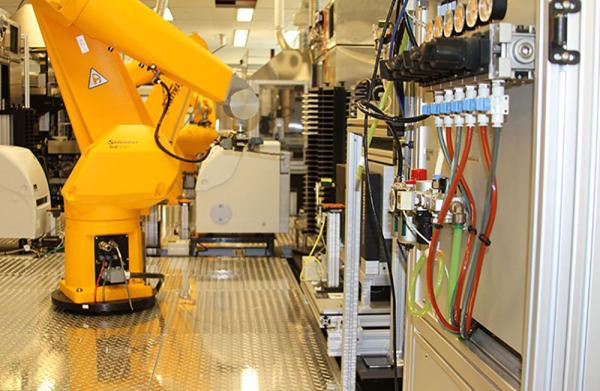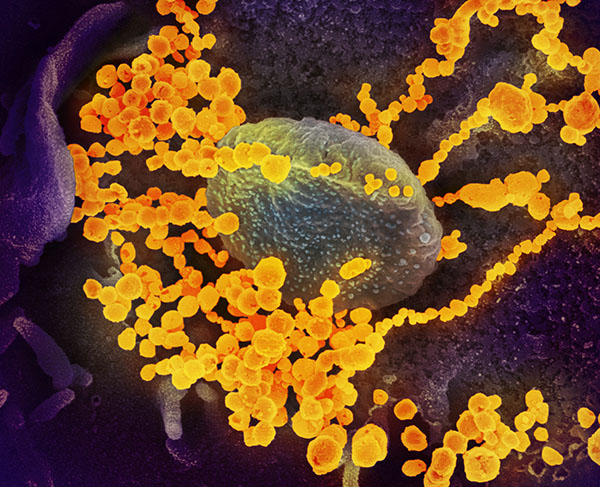Robot-Assisted Experiments Point to Treatments for Rare Cancer
Study Identifies Drugs That Exploit the Disease’s Weak Spots
The best way to destroy a cancer cell is to target its weak points, but that’s obviously easier said than done, especially when you want to kill those diseased cells while sparing healthy ones. That’s where robots come in, allowing scientists to quickly evaluate the effects of thousands of drugs on cancer to see what works and what doesn’t. IRP researchers recently used that approach to identify potential treatments for a rare skin cancer, including a strategy that appears to be particularly good at hitting the disease where it’s most vulnerable.










